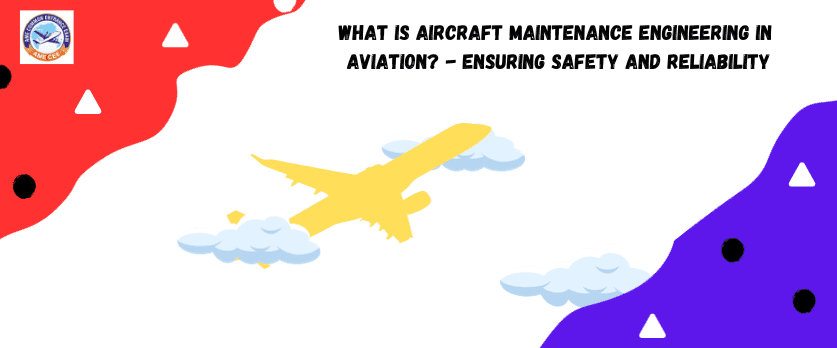Aircraft Maintenance Engineering (AME) is a critical aspect of the aviation industry, playing a pivotal role in ensuring the safety, airworthiness, and reliability of aircraft. AMEs are professionals responsible for inspecting, repairing, and maintaining aircraft to meet stringent regulatory standards and ensure the safety of passengers and crew. This field is indispensable for the proper functioning of the aviation industry, encompassing both civil and military aviation sectors.
Key Responsibilities of Aircraft Maintenance Engineers
Inspections and Checks
AMEs conduct regular inspections and checks on aircraft, both scheduled and unscheduled. These inspections are comprehensive and cover various components, systems, and structures to detect and rectify any issues that might compromise safety.
Routine Maintenance
Routine maintenance tasks involve the regular servicing and replacement of components that experience wear and tear during flight operations. This includes activities such as changing fluids, inspecting landing gear, and replacing worn-out parts.
Repair and Troubleshooting
When issues are identified during inspections or routine maintenance, AMEs are responsible for troubleshooting and repairing the aircraft. This can involve fixing mechanical, electrical, or avionic systems to ensure the aircraft’s proper functioning.
Overhauls and Upgrades
Periodic overhauls and upgrades are necessary to extend the life of the aircraft and incorporate new technologies. AMEs coordinate and perform these extensive maintenance procedures, which may involve dismantling and reassembling major components.
Documentation
AMEs maintain detailed records of all maintenance activities, inspections, and repairs. Accurate and up-to-date documentation is crucial for regulatory compliance and provides a comprehensive history of the aircraft’s maintenance.
Compliance with Regulations
AMEs must adhere to strict aviation regulations and guidelines set by aviation authorities such as the Federal Aviation Administration (FAA) or the European Union Aviation Safety Agency (EASA). Compliance ensures that aircraft meet the required safety standards.
Specializations within Aircraft Maintenance Engineering
Airframe and Powerplant (A&P)
A&P technicians are qualified to work on both the aircraft’s airframe (structure) and powerplant (engines). They are trained to perform a wide range of maintenance tasks, making them versatile professionals in the aviation industry.
Avionics
Avionics technicians specialize in the maintenance and repair of aircraft electronic systems. This includes communication systems, navigation systems, radar, and other avionic components critical for the aircraft’s operation.
Line Maintenance
Line maintenance involves routine checks and repairs performed at airports between flights. Line maintenance AMEs ensure that aircraft are airworthy for their next scheduled departure.
Educational Requirements and Licensing
Becoming an Aircraft Maintenance Engineer typically involves completing a formal training program approved by aviation authorities. These programs cover theoretical and practical aspects of aircraft maintenance. After completing the program, individuals must pass licensing exams to become certified AMEs. The licensing requirements vary by country and are often categorized into airframe, powerplant, and avionics.
Summary
Aircraft Maintenance Engineering is a crucial profession that safeguards the integrity and airworthiness of aircraft, contributing significantly to the safety and reliability of aviation operations. The meticulous work of AMEs ensures that aircraft operate at peak performance, adhering to stringent regulatory standards and, ultimately, guaranteeing the safety of passengers and the success of the aviation industry.
To become an aircraft maintenance engineer you may could join AME engineering through AME COMMON ENTRANCE EXAM (AME CEE) this examination you may join AME engineering approved by DGCA, EASA or UGC.


